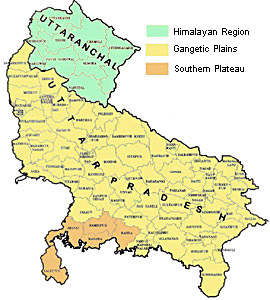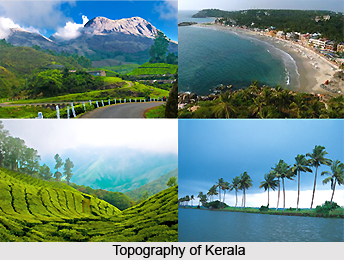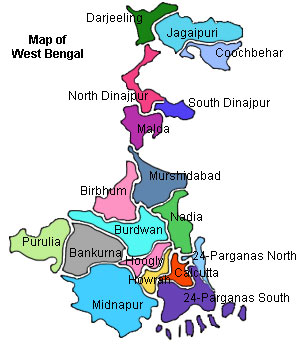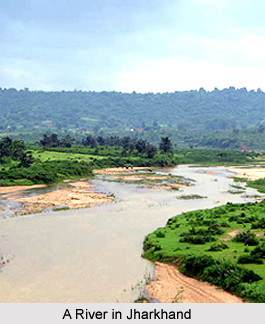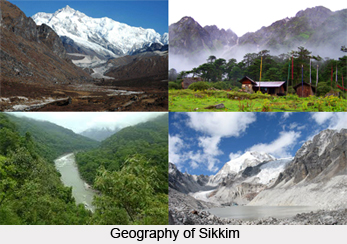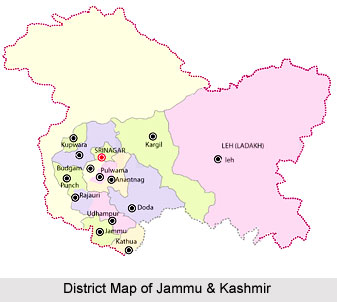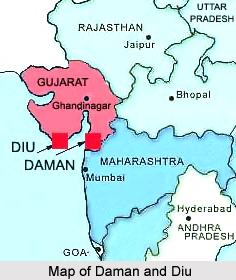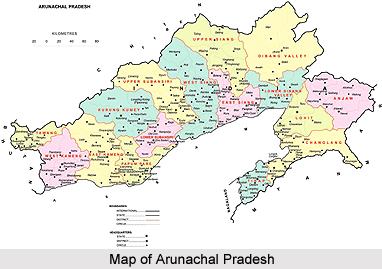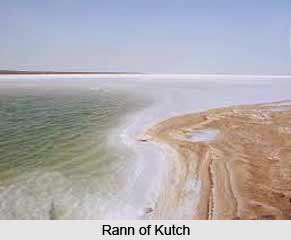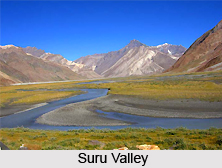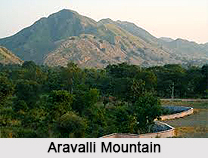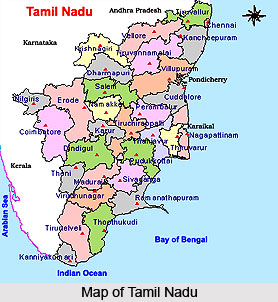 Parrot Island is situated in the Indian union territory Andaman and Nicobar Islands and forms a part of Baratang Island. This natural island is famed for sheltering numerous parrots. The boat ride which takes the tourists to the Parrot Island also offers the enchanting view of the vast sea. During the scenic sea ride one also crosses the dense green mangrove forests which enclose the island. The place has marvellous natural beauty and is a splendid attraction for the nature enthusiasts. The tranquil sea and the flocking beautiful parrots make the place a magnificent retreat.
Parrot Island is situated in the Indian union territory Andaman and Nicobar Islands and forms a part of Baratang Island. This natural island is famed for sheltering numerous parrots. The boat ride which takes the tourists to the Parrot Island also offers the enchanting view of the vast sea. During the scenic sea ride one also crosses the dense green mangrove forests which enclose the island. The place has marvellous natural beauty and is a splendid attraction for the nature enthusiasts. The tranquil sea and the flocking beautiful parrots make the place a magnificent retreat.
Climate of Parrot Island
Being a part of Baratang Island, the climatic conditions of Parrot Island is quite similar to it and thus the months between October and May are ideal for exploring the place. During this period, the temperature remains between 23 degrees Celsius and 31 degrees Celsius. Monsoon winds can be enjoyed between May and August however during severe climatic conditions tropical storms, cyclones and Tsunamis are likely to occur.
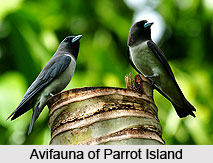 Attractions of Parrot Island
Attractions of Parrot Island
The natural splendour of Parrot Island is unique and its landscapes include natural features like tropical beaches, mangrove trees and numerous parrots. The Limestone Caves nearby forms a major attraction of the tourists in this region, however bird watchers can also have a great time here. The beautiful features allure tourists to this unique island from far off places, who leave with unforgettable experiences at the island. The place is not inhabited.
On approaching the island, various types of parrots flying in and out of the island can be spotted. One of the most amazing things that can be witnessed in the island is that from time to time the parrots themselves trim the mangroves of the island and keep the place perfectly pruned. The job is done by them in nearly perfect manner and the parrots use their beaks to do so. Watching this phenomenon is spellbinding and forms a lifetime experience. Sunsets at Parrot Island are bewitching and one can see hundreds of parrots disappearing in the mangrove forest. Another unique feature can be observed during sunsets when a group of about five parrots flies over the island and leaves. A similar group arrives just after them and the local folks state it to be the initial inspection of parrots. After about 10 minutes numerous birds arrive at the island and settle down in the forests.
Visiting Information
Parrot Island is located at a distance of 30 minutes from Baratang Island in South Andaman district. Dunghi boat ride from Baratang Jetty, crossing through a creek, is to be taken for reaching the island. Baratang can be reached by buses, cabs or boats from Port Blair. Parrot Island is best visited in the evenings.
